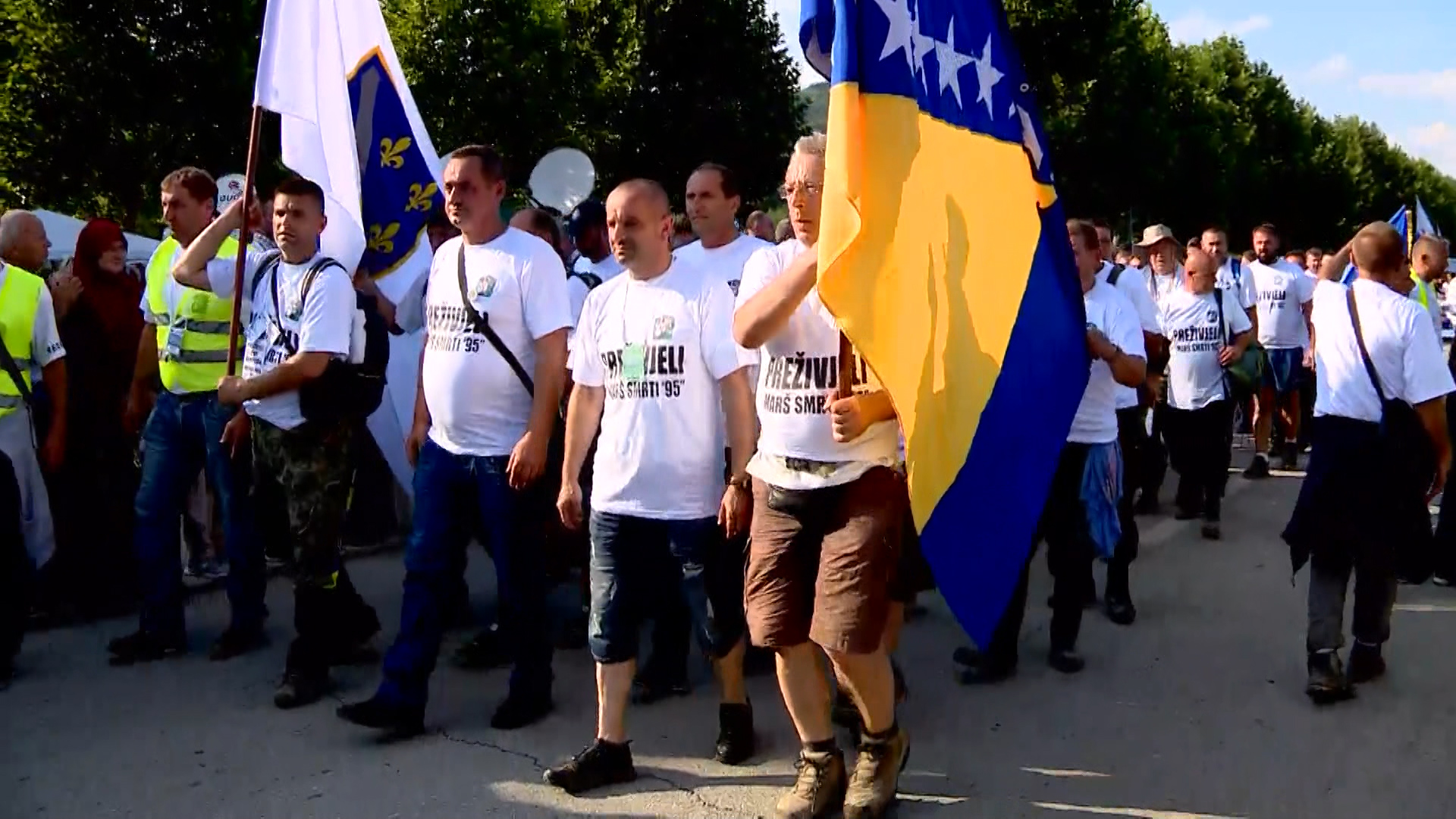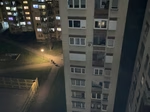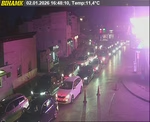“Peace March” participants arrive in Potocari

Srebrenica “Peace March” participants arrived in the Potocari Memorial Centre amid Wednesday marking of the Srebrenica genocide. The marking consists of the prayer and collective burial of 35 victims of the Srebrenica genocide whose mortal remains were collected and identified over the past years. The US Ambassador to Bosnia also joined the march.
Oglas
“It's an indescribable experience. We set off on this march so that the genocide is never forgotten,” said one of the participants of the march from Velika Kladusa, northern Bosnia.
“My heart and soul ache. Everyone should come here and see these mothers, this Memorial,” said another march participant.
One of the participants is also the US Ambassador to Bosnia, Maureen Cormack, who joined the march for the fourth time.
Oglas
She stressed that the US Embassy remains committed to helping the victims' families in finding the remains of their loved ones. They also seek to contribute to bringing the perpetrators to justice for all their deeds.
When it comes to the constant denial of the Srebrenica genocide, she said the US constantly calls upon everyone to recognise and accept the fact that the genocide happened.
“The recognition and acceptance of the genocide opens the door to peace and reconciliation and the US recognize the genocide as the official, legal, internationally recognised fact by international courts,” Cormack said.
The Ambassador traditionally walks for several kilometres in the direction of Potocari, along with other “Peace March” participants.
Oglas
The first march was held in 2005, marking the tenth anniversary of the Srebrenica massacres that, as the international court ruled, constituted a genocide. In April 1993 the UN had declared the besieged enclave of the eastern Bosnian town of Srebrenica a safe area under the UN protection. However, in July 1995 the Dutch battalion soldiers failed to prevent the town's capture by the Bosnian Serb forces and the massacre that followed.
More than 8,000 Bosniak men and boys were killed in the genocide committed in the days after 11 July 1995 and so far the remains of more than 6,600 have been found and buried.
Kakvo je tvoje mišljenje o ovome?
Učestvuj u diskusiji ili pročitaj komentare
Oglas
Kakvo je tvoje mišljenje o ovome?
Učestvuj u diskusiji ili pročitaj komentare
Oglas
NAJČITANIJE
Oglas
Oglas
Najnovije
Oglas
Oglas





 Srbija
Srbija
 Hrvatska
Hrvatska
 Slovenija
Slovenija

























































